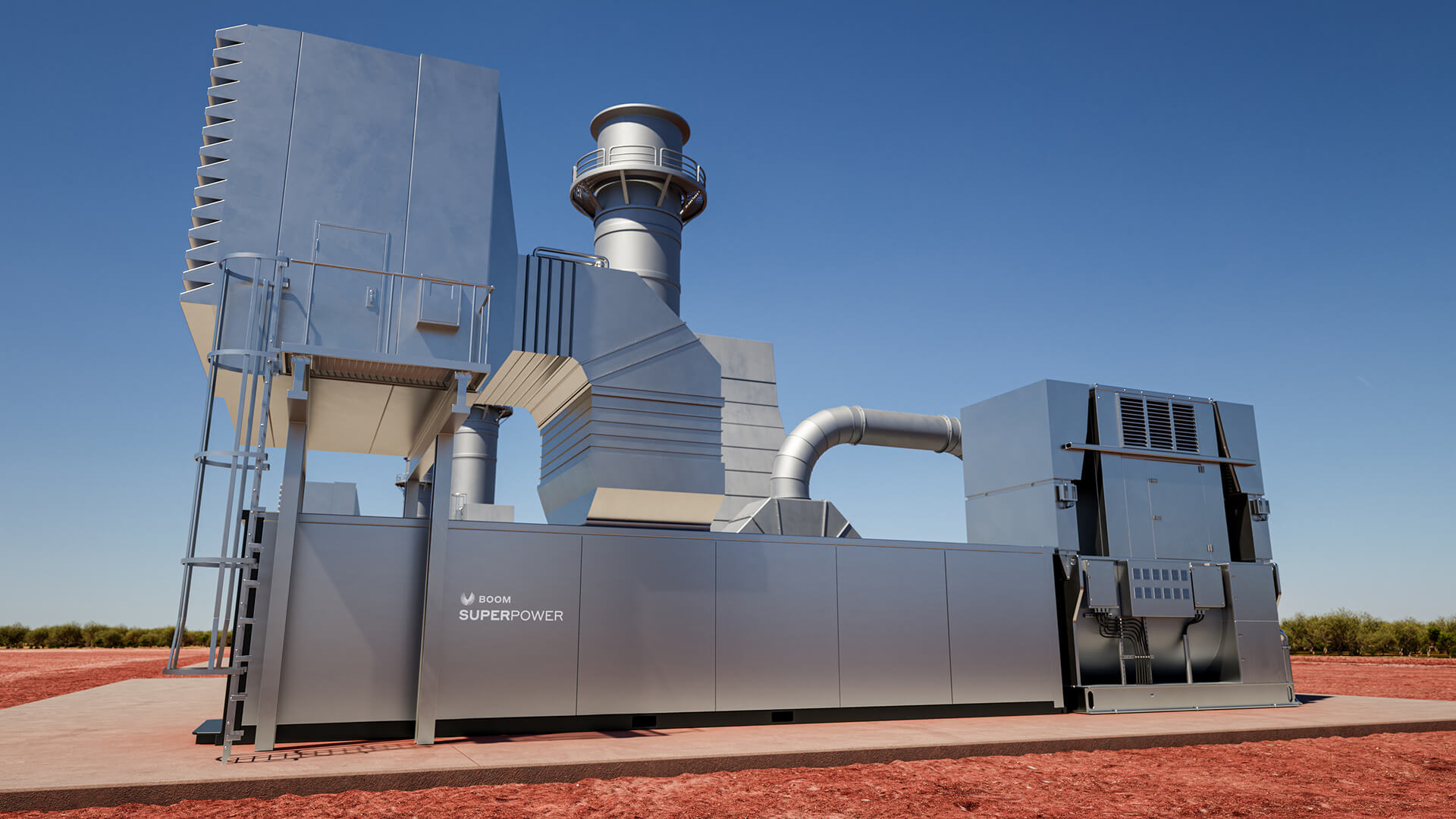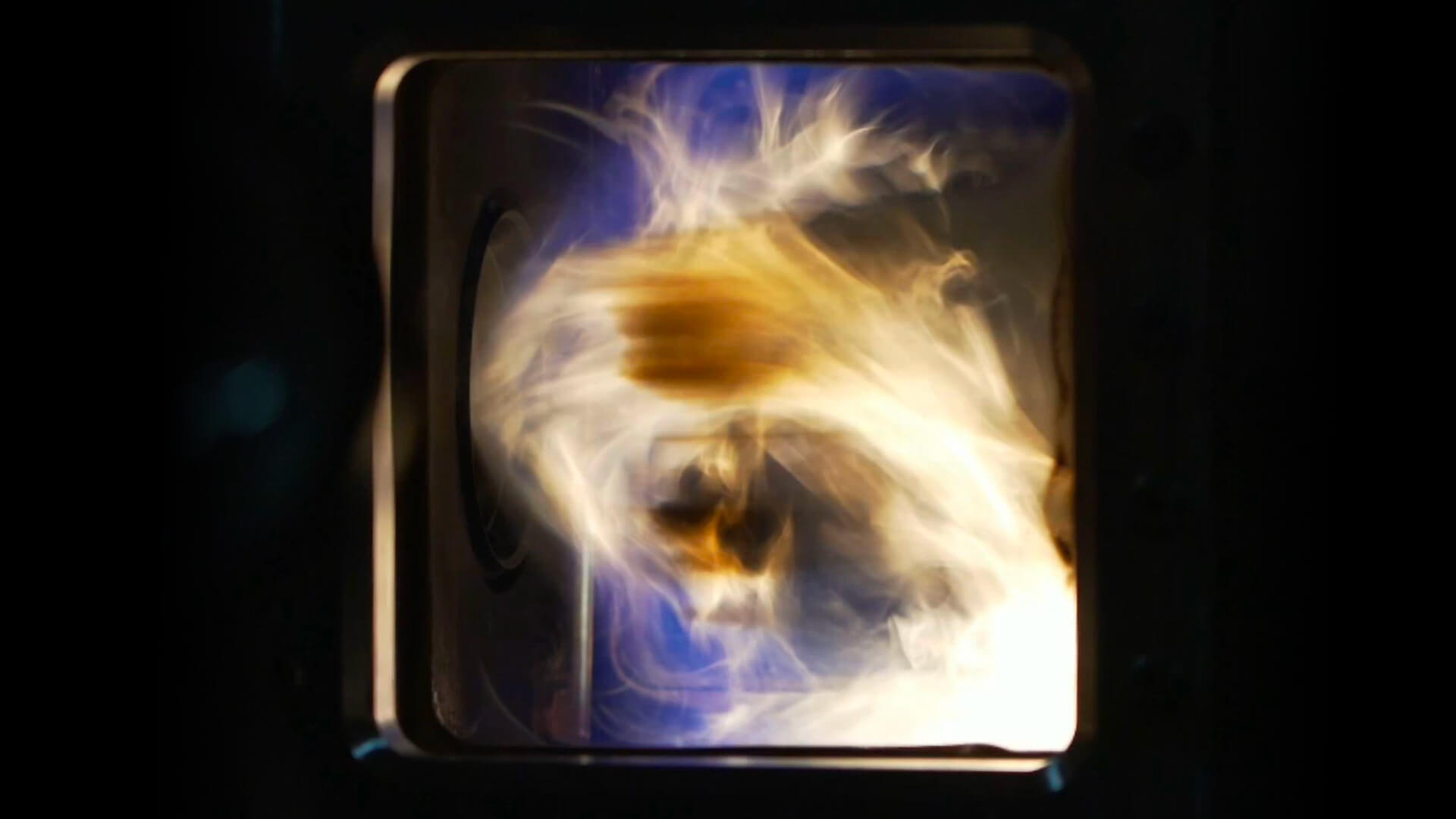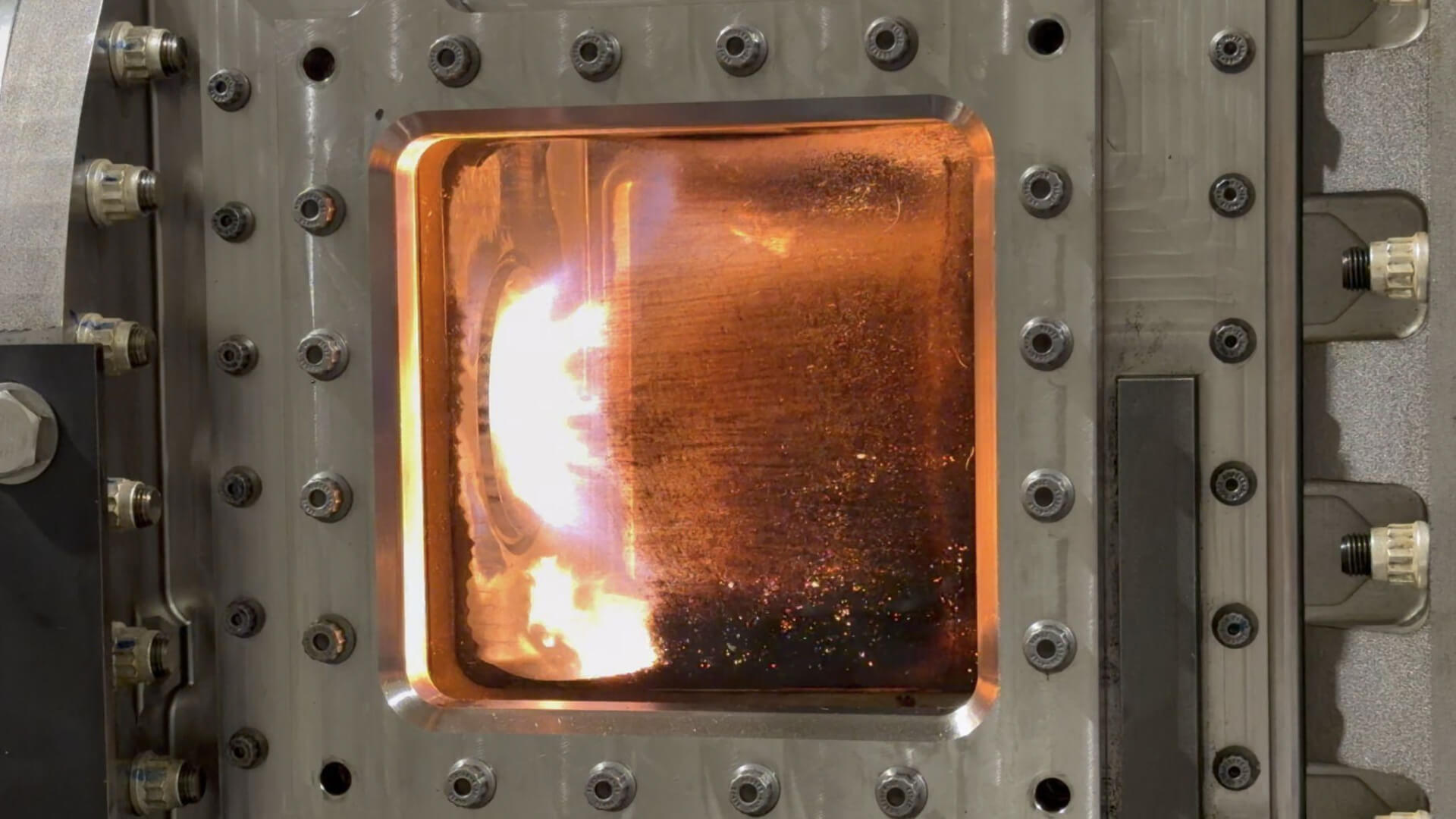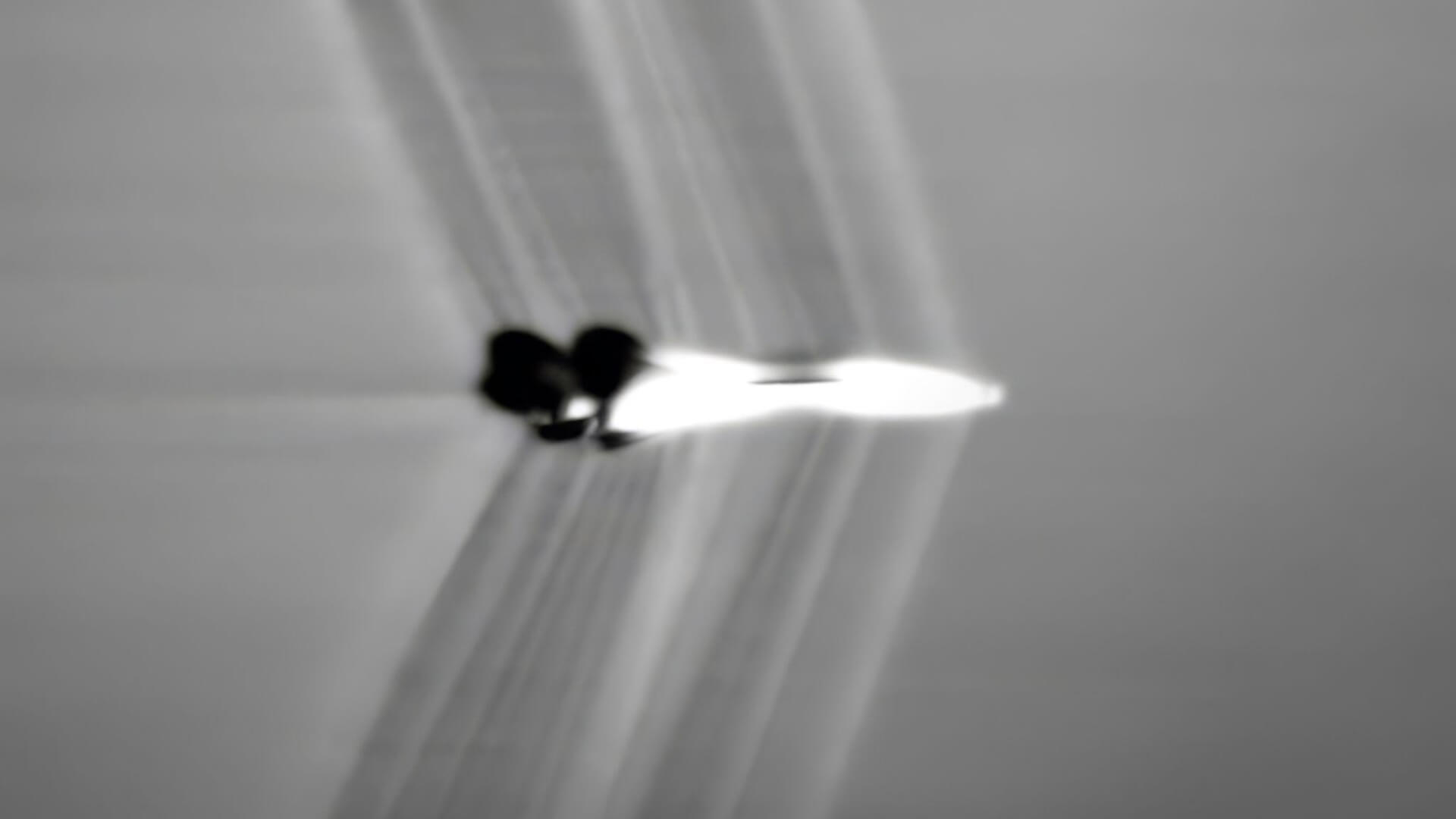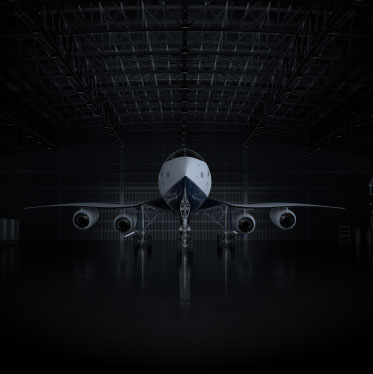Wheels Up
We hear “wheels up” more often in the hangar these days.
In November, we completed two successful flights, launched new tests, and achieved several milestones toward supersonic flight.
Testing takes time—and patience. We thank you for following XB-1’s progress as we methodically work toward safe, supersonic flight. Each flight climbs to higher altitudes and speeds, and we’re honored that you’ve joined us on this journey. But remember, the best is yet to come.

Flight 8: XB-1’s “New” Underbelly

XB-1’s eighth flight on November 16 confirmed safe operation at Mach 0.8 with the stability augmentation system off—a significant milestone for our flight test team. We expanded the altitude envelope to over 25,000 feet, continued tests of the Flutter Excitation System (FES), and reached a maximum speed of Mach 0.82 (487 knots true airspeed).
Did you notice anything new? During Flight 8, we introduced a new series of tests in collaboration with the Defense Innovation Unit (DIU) and Air Force Operational Energy Office. We’re testing the durability of a new material by MicroTau. It’s a shark skin-inspired ‘riblet’ package that aims to reduce drag, fuel consumption, and emissions, especially at high speeds. We applied the material to XB-1’s aft underbelly and will evaluate it at transonic and supersonic speeds.
Flight 7: Cleared for New Heights

During Flight 7, XB-1 was officially cleared to fly at 30,000 ft—the altitude it will fly when it reaches supersonic speeds. Completed on November 5, Flight 7 saw the team focus on flutter envelope expansion and cockpit pressure testing. We ran these tests to ensure safe performance and handling qualities at supersonic speeds and higher altitudes.
XB-1 reached Mach 0.82 (499 knots true airspeed). We performed several tests at higher speeds than previous flights, hitting test points at Mach 0.7, 0.75, and 0.8 to ensure it handles predictably up to transonic speeds. The airspeed of Flight 7 differs from Flight 8 because we flew at a different altitude (and at different temperatures). These factors change the relationship between Mach and True Air Speed.
The team also performed a final cockpit pressurization test at maximum pressure differential. As a human-piloted aircraft, XB-1 must have a pressurized cabin. Pressurization ensures the pilot has a safe, comfortable environment in the cockpit in terms of ambient pressure, temperature, and oxygen. In addition to the pressurized cabin, the pilot also wears an oxygen mask, similar to military aircraft. Unlike drones, this is critical for any aircraft carrying humans.
Key Milestones Achieved
The flight test of a new aircraft is the ultimate in systematic and rigorous testing.
Here’s what we accomplished during earlier flights:
Flight 6: Flutter and handling quality tests at a higher altitude
Flight 5: Landing gear retracted immediately following takeoff; flutter excitation system tests
Flight 4: First use of the flutter excitation system; wind up turn that put elevated g-forces on XB-1
Flight 3: Maximum pitch and yaw attitudes expected in supersonic flight; environmental control systems tests
Flight 2: Landing gear retracted and extended in-flight for the first time
Flight 1: Initial assessment of XB-1’s handling qualities
Follow XB-1’s test flights on our live blog.
Safety and Efficiency: The Foundation of Flight Test
Have you ever wondered how engineers design a safe flight test program? Go behind the scenes with Erin Young to learn more about Boom’s rigorous and systematic approach to flight test.
When Every Step Matters
Go behind the scenes with Mareguis Killebrew, Boom’s Deputy Crew Chief, as he prepares XB-1—and our team—for safe and optimized test flights.
Next Up: The Transonic Regime
No aircraft flies at supersonic speeds without first flying at transonic speeds, and that’s what XB-1 began to do during Flights 7 and 8 at Mojave Air & Space Port. During each flight, we reached a comfortable speed at the lowest end of the transonic regime (Mach 0.82), bringing us closer to breaking the sound barrier.
Flight 9 will see XB-1 going deeper into the transonic regime.
What is transonic? It’s the speed regime between subsonic and supersonic. An aircraft flying between Mach 0.8 and 1.2 is flying transonic. Many commercial jets are built to safely cruise within the lower range, close to Mach 0.85. But that’s their limit.
Faster speeds present their own set of challenges, which commercial jets aren’t designed to withstand. Transonic speeds cause structural vibrations known as the “transonic buffet.” These shock waves on the wings can result in damage and instability. It’s what makes flying within the transonic regime so challenging.
XB-1—built to safely fly in the supersonic regime—will smoothly cruise through the transonic regime on its way to making aviation history.
The Heat Is On

Things are heating up for our Symphony engine at ATI’s Dallas facility. We have officially begun metal forging for the first superalloy that will power the hottest sections of the compressor and turbine. ATI is testing the superalloy at long-duration high temperatures—the same temperatures the engine will experience during supersonic cruise.

